Fall in Iceland is a stunning transition from the long days of summer to the frosty beginnings of winter. Whether you’re chasing waterfalls in September, exploring black sand beaches in October, or soaking in the Blue Lagoon in November, knowing what to wear to Iceland in the fall can make or break your trip. The weather shifts quickly, layering is key, and the right gear can keep you both warm and stylish!
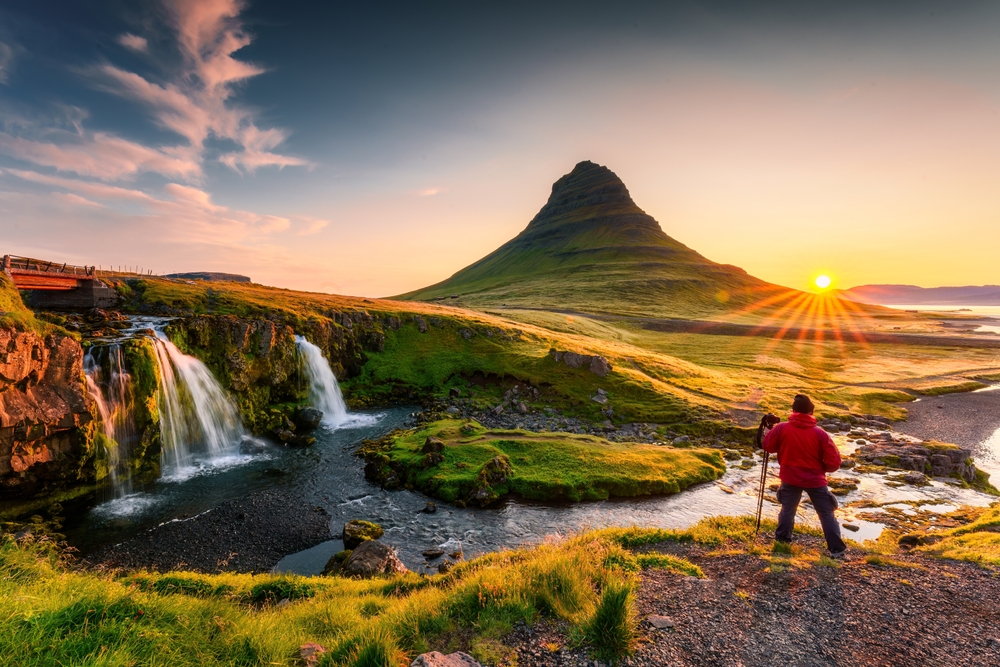
What to Wear to Iceland in the Fall: Essential Packing List
Tops
- Merino wool base layers
- Thermal long sleeves
- Fleece or down mid-layer
- Waterproof windbreaker or shell
- Insulated parka (especially for October–November)
Bottoms
- Thermal leggings or long johns
- Waterproof hiking pants
- Fleece-lined leggings or jeans
- Wind-resistant trousers
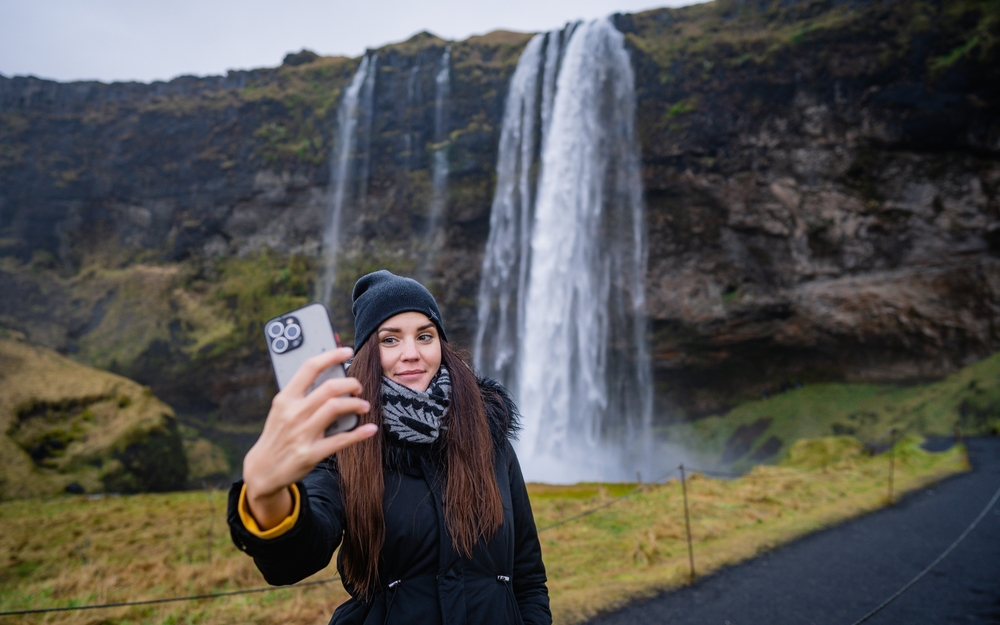
Shoes
- Waterproof hiking boots (with good grip)
- Insulated ankle boots
- Flip-flops for hot springs (easy to forget!)
Accessories
- Wool hat/beanie
- Gloves (preferably waterproof)
- Buff or neck gaiter
- Sunglasses (yes, even in fall. The sun reflects off the ice!)
- Swimwear (for hot springs)
- Backpack rain cover
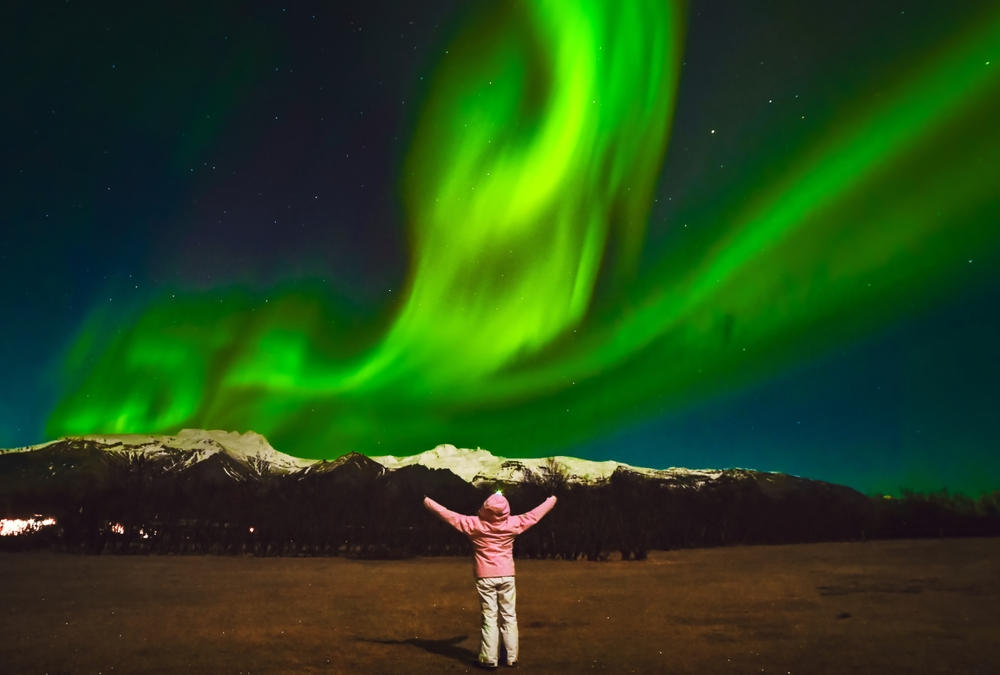
Fall Outfits for Iceland Month by Month: September
1. Merino Wool Base Layer + Hiking Pants + Down Jacket + Hiking Boots + Beanie and Gloves
In Iceland in the fall, it is best to layer! This allows you to adjust for changing temperatures. So when you’re visiting places like Skógafoss or Gullfoss, you can stay dry and warm. Start with traditional wool base layers. Throw on a pair of hiking pants and a lightweight down jacket. Add hiking boots and accessorize with a beanie and gloves (maybe a matching set?).
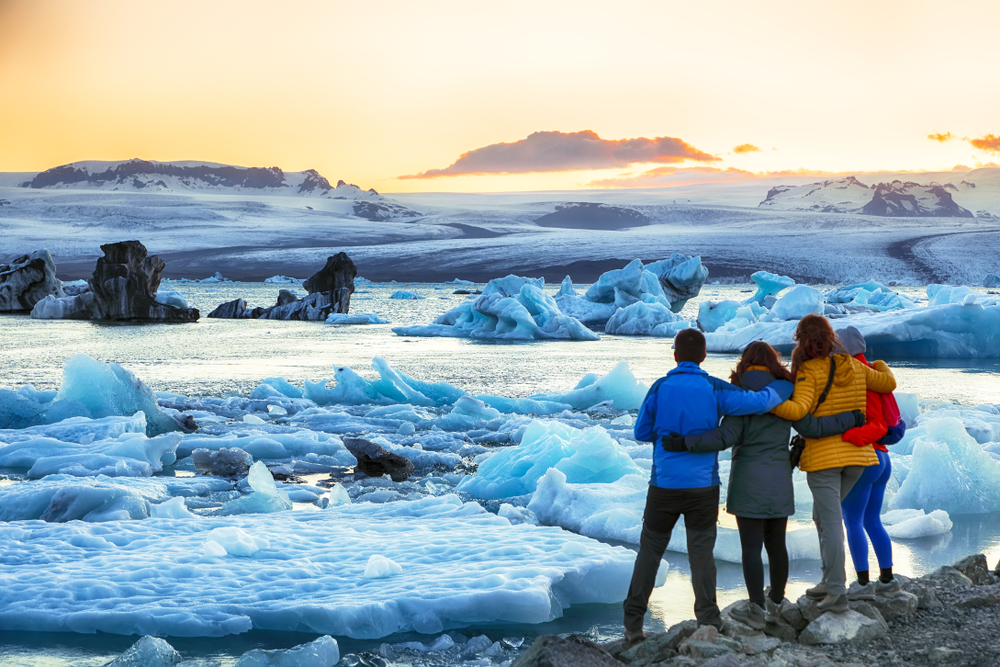
2. Knit Sweater + Thermal Long-Sleeve + High-Rise Jeans + Thermal Tights + Ankle Boots + Wool Coat
On days where you are trying to be stylish yet warm, think in layers once again. Start with thermal long-sleeved sleeves and thermal tights as a base. Put on high-rise jeans over them, and a knit sweater. Then top off with water-resistant boots (ankle) and a wool coat, or a softshell jacket (depends on what you’re doing!). This is perfect for the cafe scene in the capital, or spending days at art museums.
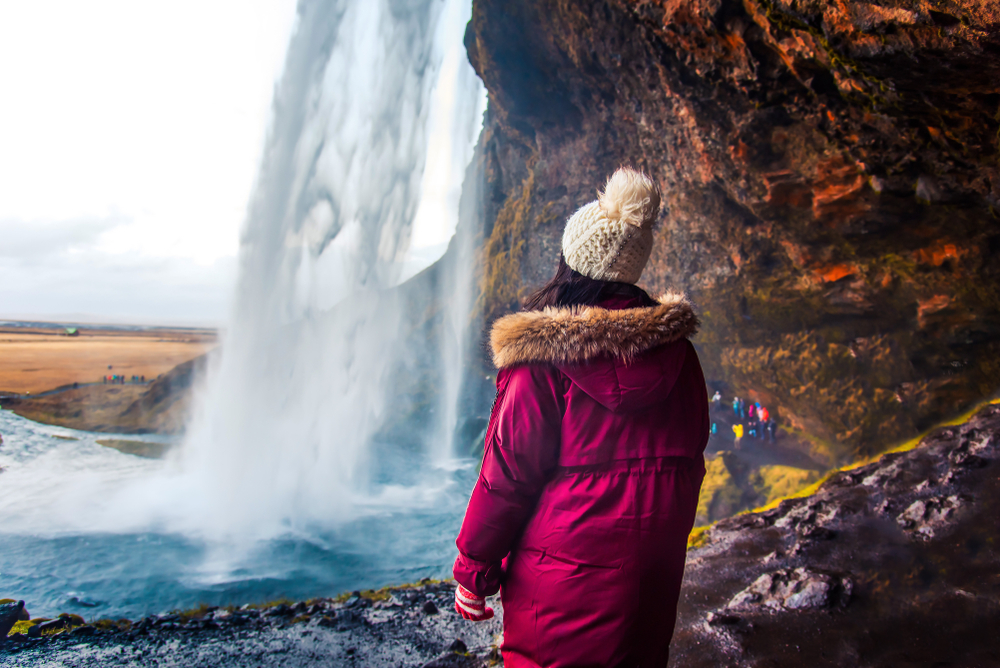
3. Moisture-Wicking- Long-Sleeve + Softshell Hiking Pants + Fleece Jacket + Hiking Boots
If you’re not doing a Golden Circle tour in the fall, you’re doing something wrong! In fact, not doing tours in Iceland is a misstep. Think of outfits that are comfortable yet offer mobility for stops and exploration. Moisture-wicking long-sleeve shirts keep you warm and dry. Hiking pants are versatile. You can take off a fleece jacket, and hiking boots are great for places like Thingvellir, Geysir, and the Golden Falls.
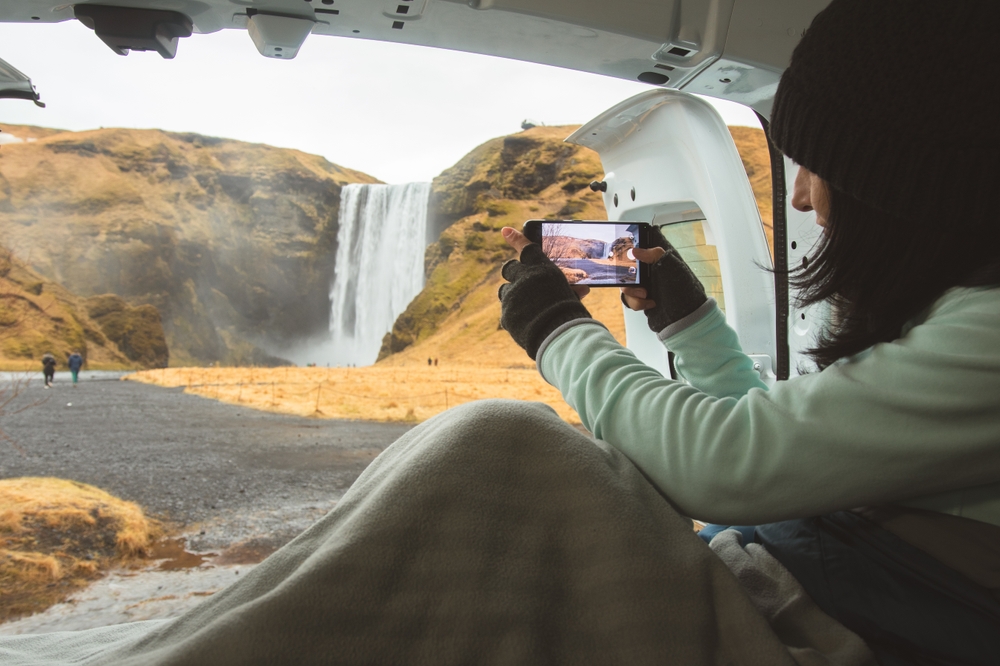
Fall Outfits for Iceland Month by Month: October
4. Thermal Base Layer + Snow Pants + Windproof Parka + Sturdy Boots
Looking for something perfect for glacier adventures? Visiting Sólheimajökull? be prepared for the fall weather when the wind kicks up and the temperatures drop. Start with a thermal base layer. Add snow pants or lined leggings, insulated. Throw on a windproof parka and wear sturdy crampon-compatible boots. You’ll be ready for a glacier hike!
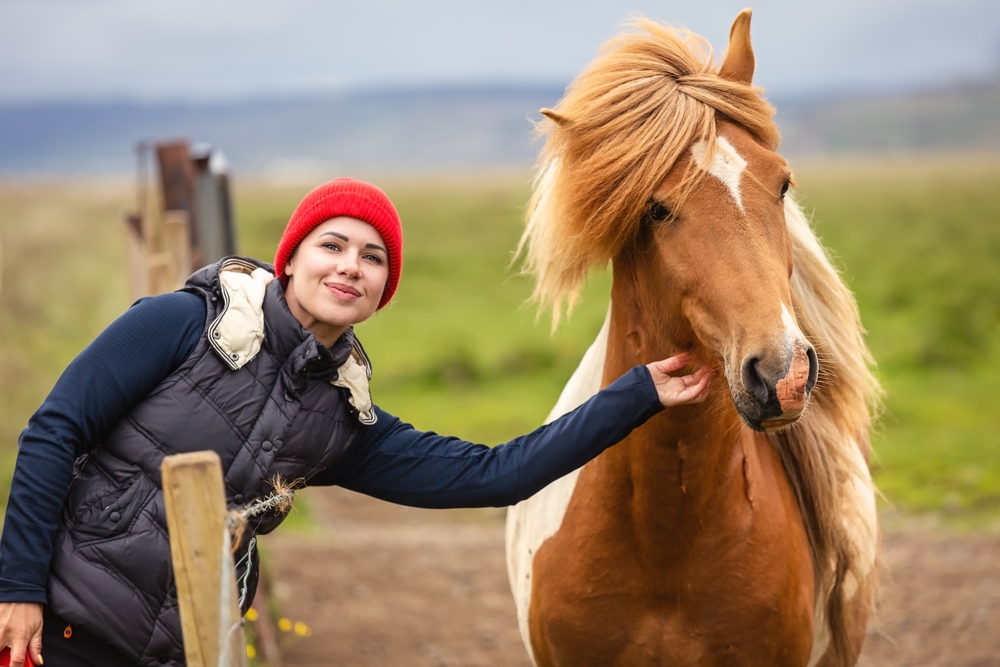
5. Merino Wool Layers + Down Jacket + Beanie + Gloves + Boots + Thermal Socks
If you’re not seeing or hunting for the Northern Lights in the fall, then you’re missing a lot! When sitting or standing outdoors for an hour, you want to stay toasty but not overheat. Start with the top and bottom layers, both made of merino wool. Add a puffy down jacket and insulated beanie, and gloves. If you are extra cold, bring hand warmers and don’t forget those thermal socks with warm boots!
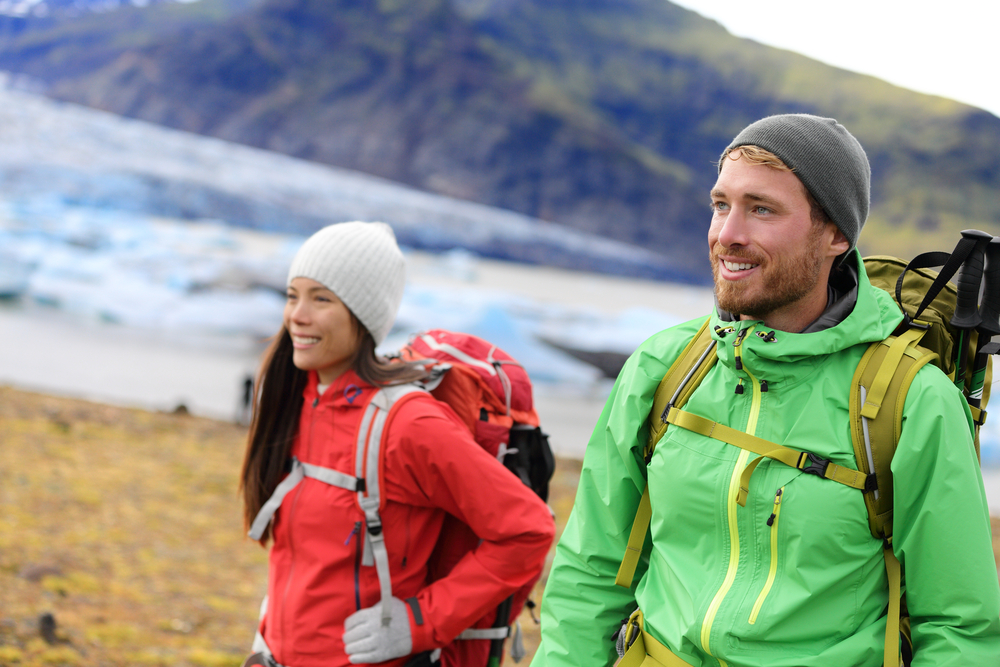
6. Fleece Hoodie + Thermal Top + Hiking Pants + Waterproof Shell
If you’re an adventure type of person and opt for exploring things like lava tunnels, you’ll want to be practical! Fall is already damp and cool, so you’ll look for tours that mimic that can match that rugged vibe. Throw a fleece hoodie over a thermal top. Have durable hiking pants ready to go, and a waterproof shell. They’ll probably make you throw on a headlamp too!
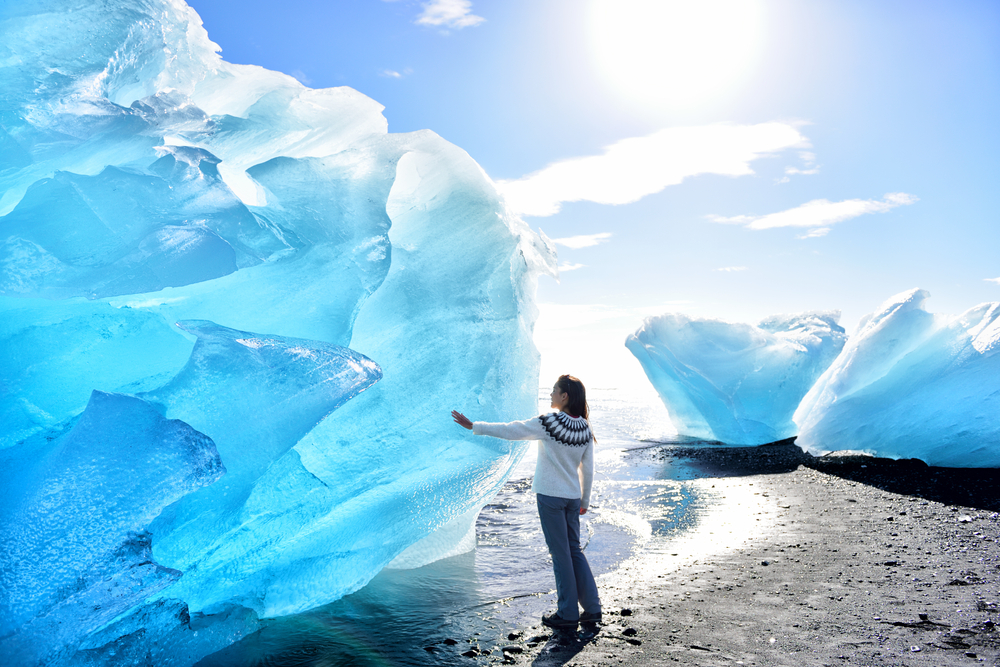
Fall Outfits for Iceland Month by Month: November
7. Base Layer + Snow Pants + Parka with Hood + Gaiters + Snow Boots
It’s getting cold in November at this point! And if you’re going places like on an ice cave excursion, you want to be fully insulated. Waterproofing is a must! Ice caves, for example, are cold and wet. So protect with a heavyweight base layer, snow pants, or windproof trousers. Add a parka with a hood and bring gaiters and snow boots!
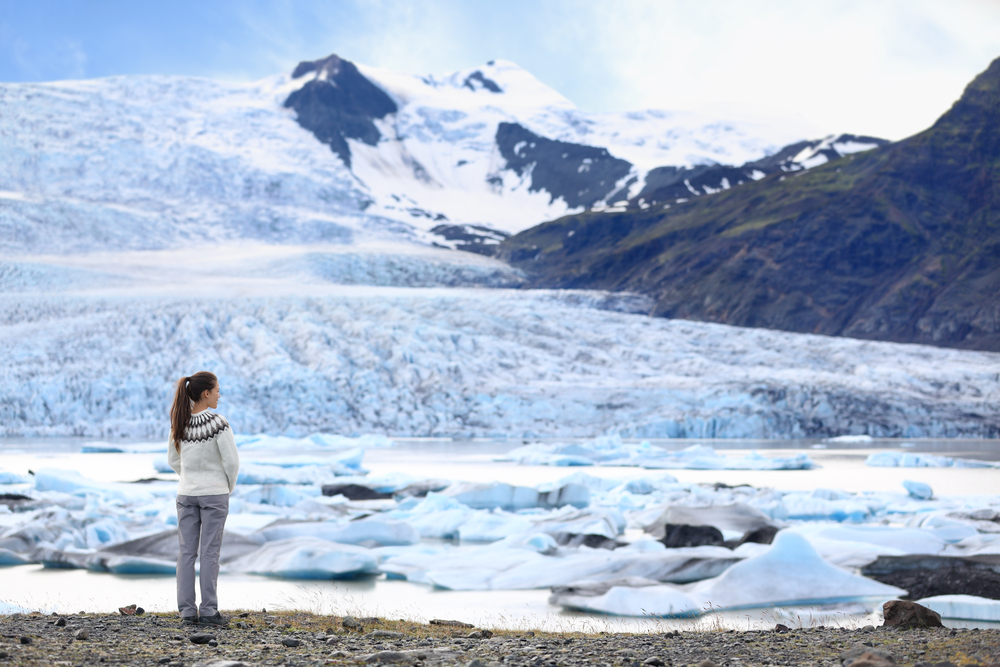
8. Fleece Joggers + Hoodie + Flip Flops + One-Piece Suit + Packable Towel
If you’re visiting the hot springs, like the Blue Lagoon or other locations, start with easy-on clothing. We are thinking fleece joggers or hoodies. Throw on a pair of sandals or flip-flops and don’t forget your suit! Enjoying the springs as the temperature drops in fall is divine. And don’t forget conditioner: the silica in hot springs dries hair FAST!
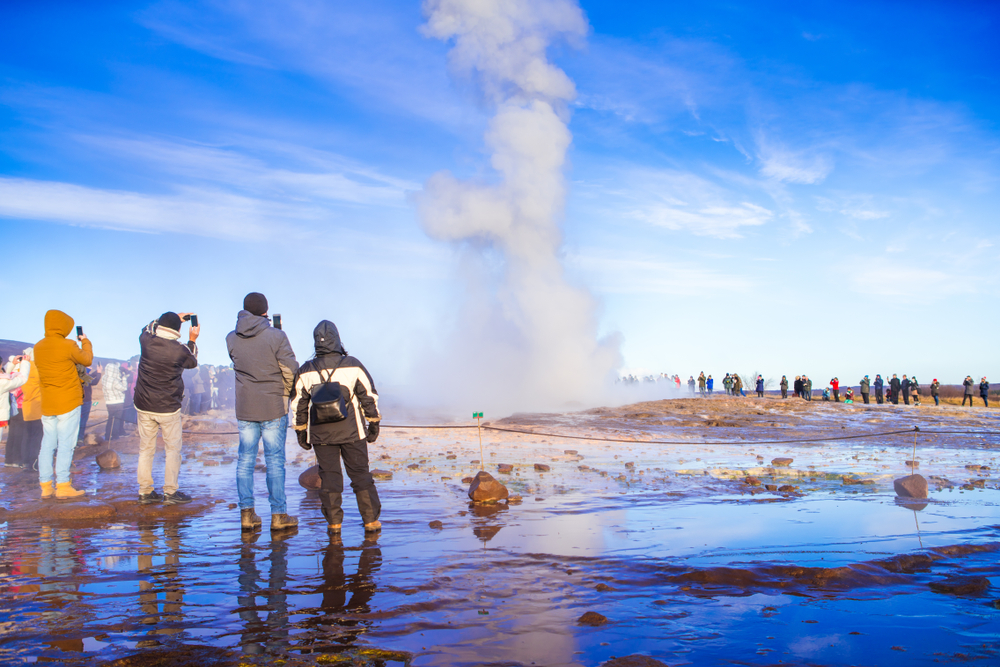
9. Long-Sleeve Top + Nordic Knit Sweater + Thermal Lined Jeans + Boots + Wool Coat
When enjoying a casual night out in places like Reykjavik, opt for comfortable and casual. We love a good outfit for a laid-back dinner or a bar crawl in the capital! Throw a themed Nordic knit sweater over a base of a long-sleeve top. Opt in for thermal-lined jeans, stylish boots, and don’t forget that wool coat. Boots are also better with grip!
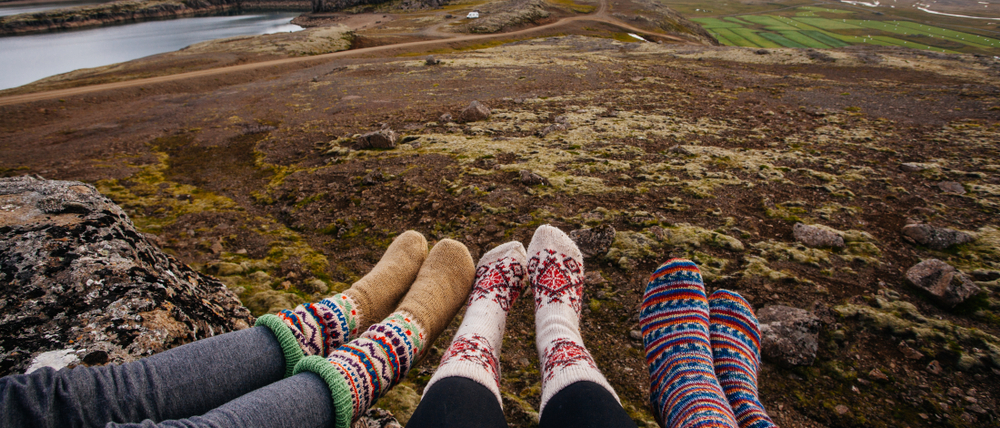
Iceland Fall Weather: What to Expect
September
- Temperature: 6°C to 11°C (43°F to 52°F)
- Daylight: Around 13–15 hours
- Weather: Cool, often rainy, with occasional sunshine. It’s still green and lush.
- What to Wear: Layering is key—start with merino wool base layers, add a fleece or lightweight down mid-layer, and top it off with a waterproof and wind-resistant shell. Hiking pants with thermal leggings work well for both city and nature outings. Waterproof hiking boots are essential for muddy or wet trails, and are helpful when considering what to wear in September.
October
- Temperature: 1°C to 7°C (34°F to 45°F)
- Daylight: Around 9–11 hours
- Weather: Windy, wet, and chillier. First snow in higher elevations.
- What to Wear: Opt for warmer base layers and add an insulated jacket or parka. Fleece-lined pants or thermal leggings under windproof trousers work well. Gloves, a wool hat, and a buff or scarf are essential, especially for wind protection. Waterproof gear becomes even more critical when deciding what to wear in October.
November
- Temperature: -3°C to 3°C (27°F to 37°F)
- Daylight: Around 5–8 hours
- Weather: Icy roads, snowfall, more consistent darkness. Northern Lights season begins.
- What to Wear: You’ll need full winter wear: thermal base layers, insulated snow or hiking pants, a heavy-duty parka, and snow boots with excellent grip. Don’t skip accessories—insulated gloves, a thermal hat, neck gaiter, and hand warmers are must-haves. Pack for real cold, not just chilly weather.
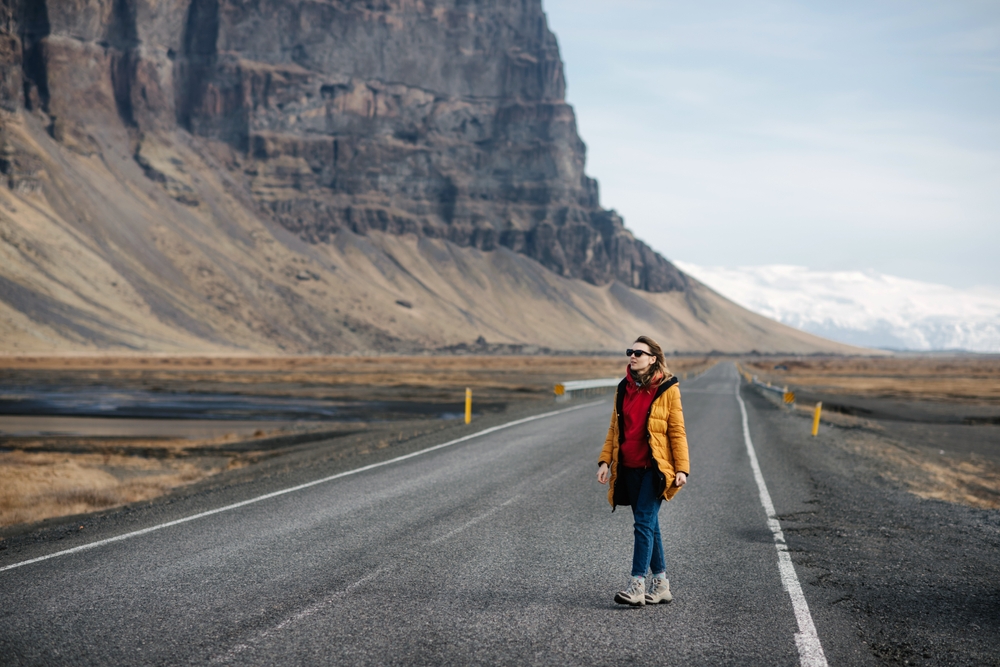
Other Essentials to Add to Your Iceland Packing List for Fall
Power bank and adapter – Cold weather drains phone batteries fast. Be prepared for navigation, photos, and more. Don’t get stranded with a dead phone!
A small daypack/hiking backpack – With the the temperatures dropping and hours of daylight getting shorter, fall is the time of year to start tackling some of Iceland’s spectacular hiking trails before they’re gone for winter! A small backpack allows you to bring along the essentials.
Reusable water bottle – You’ll never taste better water than Icelandic tap water. It’s fresh, pure, and free! Turn the faucet all the way to cold and enjoy the best water in the world.
Camera and tripod – Iceland is a source of inspiration for photographers. You’re presented with spectacular landscapes after spectacular landscapes. Whether capturing the Northern Lights in March or early April, or a rainbow arcing over Gullfoss waterfall, you’ll be glad you brought your camera and tripod for those iconic, postcard-worthy shots.
Moisturizer/Lip Balm- It gets dry here! Stay hydrated and safe! Plus, don’t forget that as temperatures drop and you navigate more windy terrain, you’ll need to give your body and skin time to adjust. Stay safe!
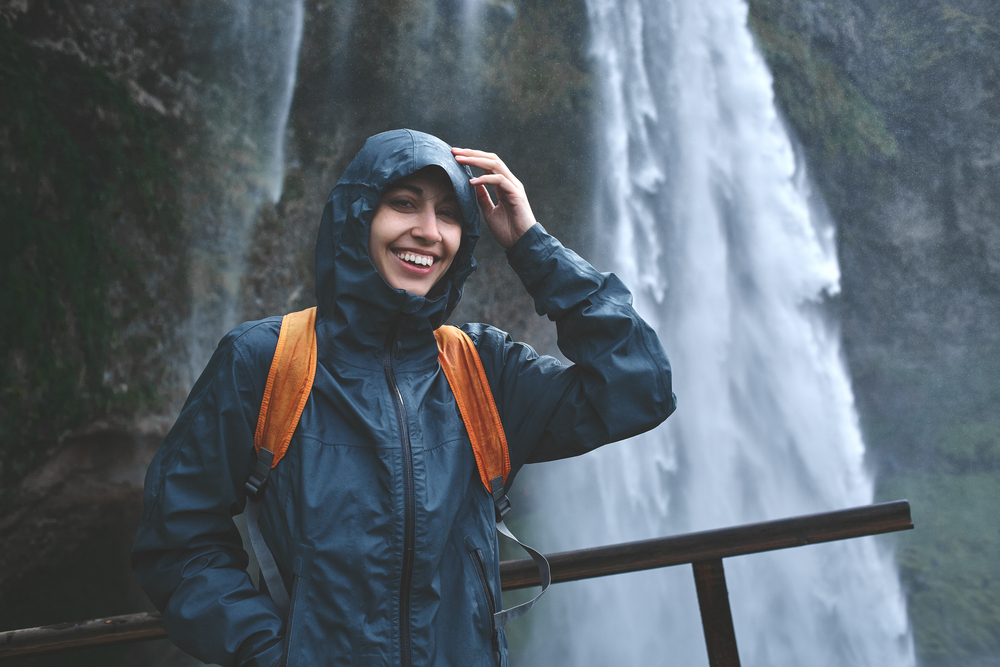
Final Thoughts: What to Wear in Iceland in the Fall
Iceland in the fall is magical—but it demands smart layering, waterproof everything, and flexibility. When planning what to wear to Iceland in the fall, prioritize comfort, warmth, and wind protection. Don’t underestimate the importance of a good coat, moisture-wicking layers, and waterproof shoes.
No matter the month, a fall trip to Iceland will have you hiking under waterfalls, relaxing in geothermal pools, and maybe even witnessing the Northern Lights. Pack well, dress in layers, and you’ll be ready for anything the Land of Fire and Ice throws your way.
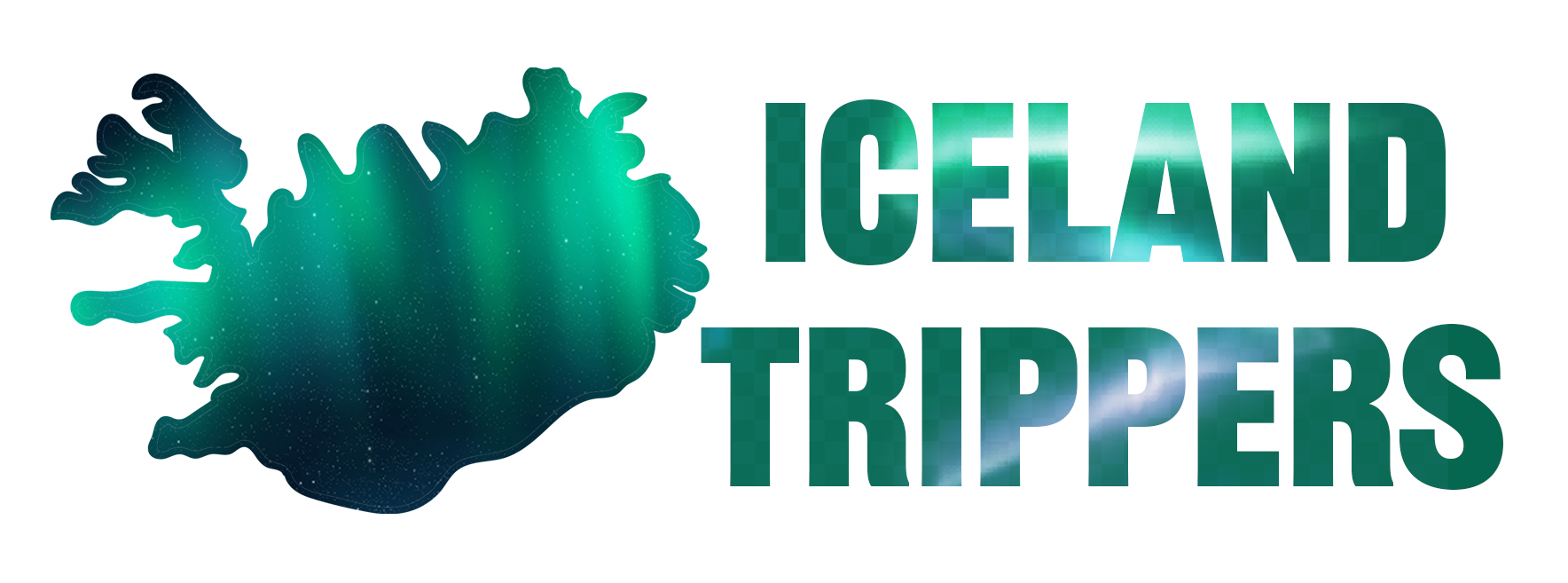
 What to Wear in Iceland in July: Packing List + Iceland Outfit Ideas for Summer Travel
What to Wear in Iceland in July: Packing List + Iceland Outfit Ideas for Summer Travel